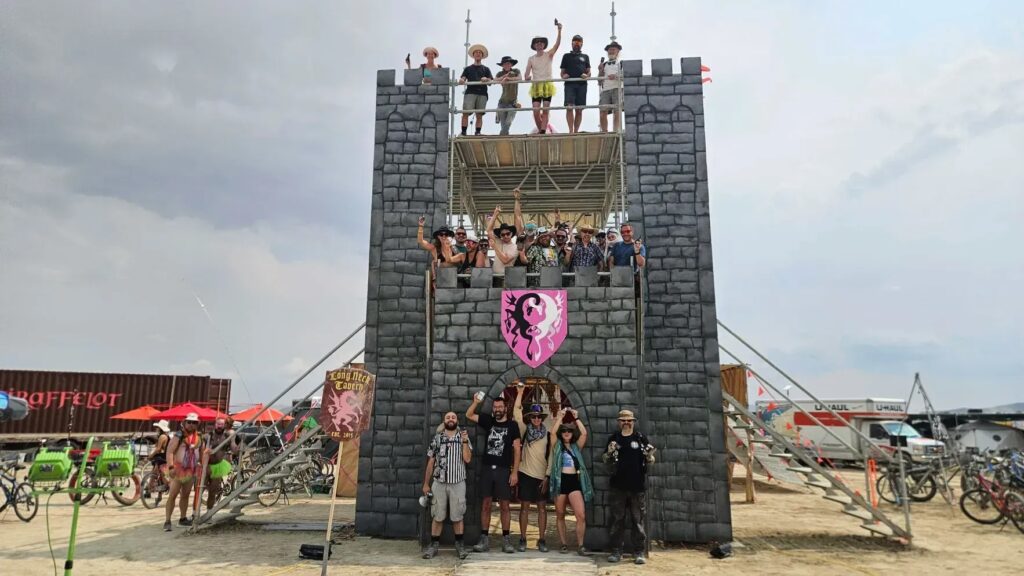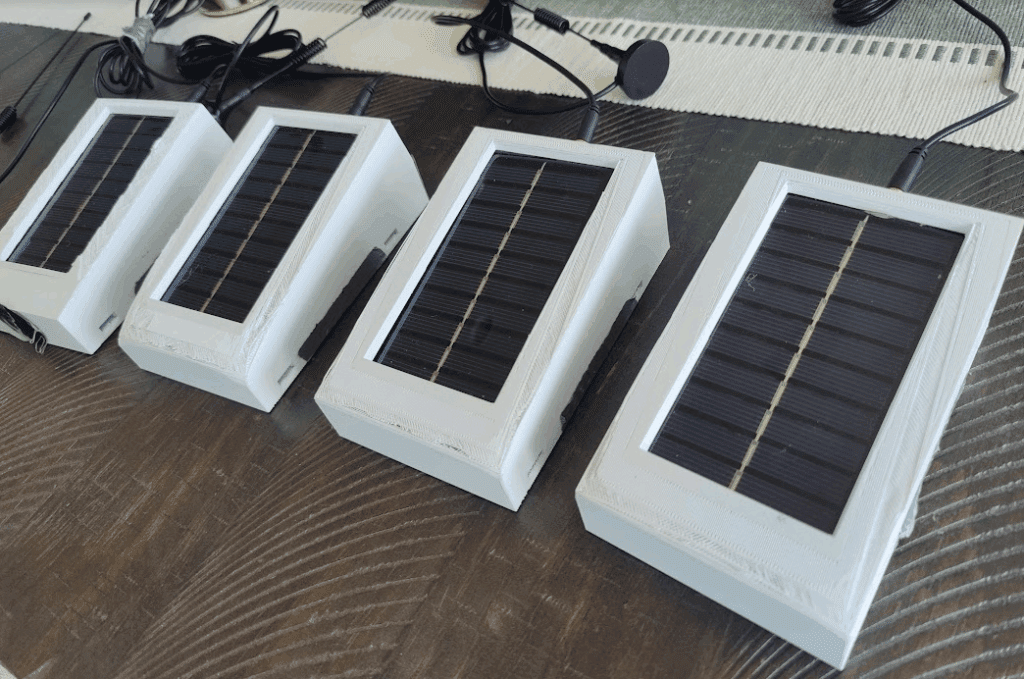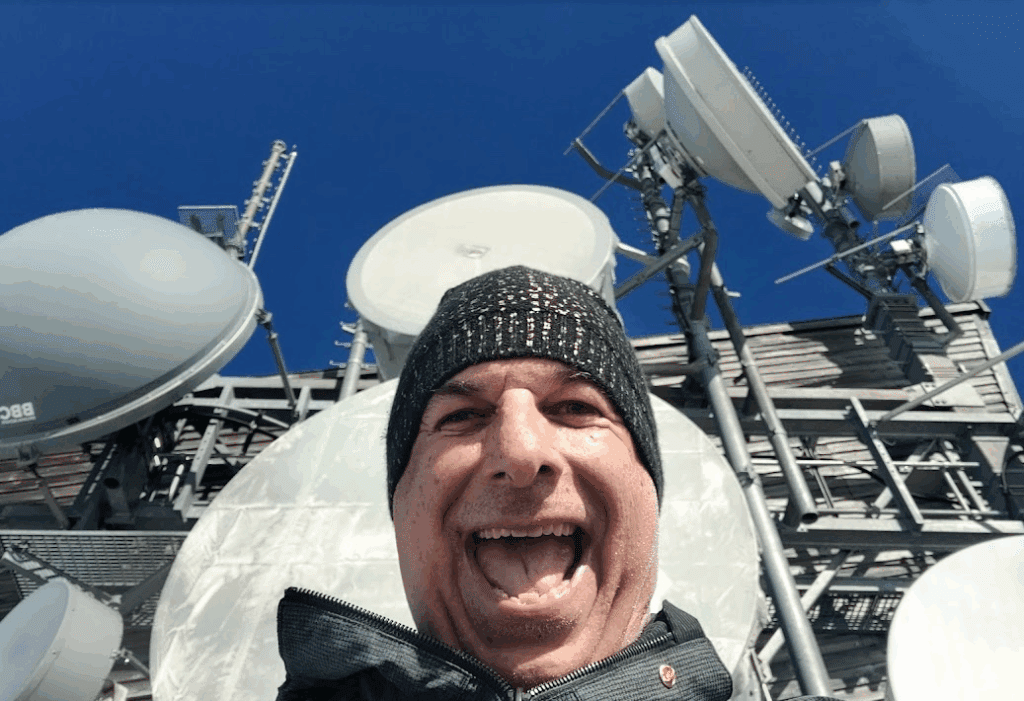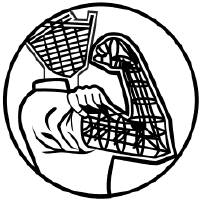Active
Meshtastic Meets Burning Man

by Frank Cohen
Recently, I got involved with Burners Without Borders (BWB)—a global network of Burners doing hands-on, community-driven projects around the world. As a Silicon Valley tech guy, I became interested in helping the network understand how Meshtastic messaging could strengthen their communication in the field.
As I understand the story of Burners Without Borders – they began during Hurricane Katrina, which hit the U.S. the same week as Burning Man. A crew of Burners packed up early and drove straight from the desert to the Gulf Coast to help with recovery. What started as an impromptu act of compassion has since grown into a movement—supporting hundreds of projects across a variety of subject areas and have built a global network of community leaders.
My way into Burning Man was as a maker. I’d meet artists working on big installations, and they needed software contributions. I said count me in immediately when BWB became curious about Meshtastic.

Meshtastic is an open-source project that utilizes government-sanctioned radio frequencies to send and receive short text messages, similar to SMS messages on your phone. It sets up a mesh of radio transmitters commonly called nodes. A message is addressed to an individual node or a group chat channel. If the destination address is further than the node reaches, the node forwards the message through the other nearby nodes, and the mesh tries its best to get the message through.
The mesh network doesn’t rely on internet, Wi-Fi, or grid power—solar nodes just keep running. Each node typically costs between $30 and $100, and connects easily to your phone or laptop. Nodes can reach 1 to 4 miles apart, creating a resilient web of communication.

This kind of technology could be especially useful for disaster response and field operations, where connectivity is often unreliable. Deployment is simple: power up a node, set it to public or direct channels, and you’re instantly part of the network.
I put together 4 nodes and brought them to the Black Rock City in August 2025. The experience showed me important uses of the mesh. And, it showed me that Meshtastic is not yet ready for BWB use.
First, here is what worked well.
1) A quick look at tracking data shows me 1,606 nodes on the playa. Tuesday reached a high of 28,817 packets and 1,189 messages, and my four nodes used 3.6% channel utilization overall. Impressive numbers.
2) Connecting with the gate and people stuck in their cars in line for the gate was good, especially during and after the storms. I had an immediate reason to show my empathy.
3) Camp communications across the entire playa with essentially zero known dropped packets. Some art cars were transmitting about a half dozen.
4) The burningmesh.org group worked with the Meshtastic team to develop custom node firmware to minimize node configuration and improve messaging throughput specially for the playa. It showed how supportive the Meshtastic team is for special use cases.
3) Of the 4 nodes I brought, they all survived the storms, all ran on battery for 7 days with solar charging only, approx 3.5% channel utilization, and approx. 40 nodes on the map.
Let’s talk about why Meshtastic today isn’t ready for BWB
1) There is no multiple tenancy.
One of the biggest challenges I ran into was people asking if they could connect to my nodes from their own phones. Right now, nodes are tied to a single user’s identity, which limits flexibility.
Imagine a volunteer arriving at a remote site and meeting a local resident who’s lost connectivity. Ideally, that person could temporarily connect through the volunteer’s node to send and receive messages from their phone or laptop whenever they’re within range. For that to happen, the Meshtastic app would need to support a form of multi-tenancy, allowing multiple users to share access through a single node.
2) Some nodes didn’t make it through the storms.
Router nodes were on large, tall, and inaccessible places. The Playa Alchemist node disconnected its own power cord during the storm. Some camps planned 5 router nodes and only 1 was up by the end of the burn, so much destruction.
Node set-up can be complicated. Each node configures differently. For example, some have GPS hardware and others don’t. Installing new versions may lose your private key and BLE pairings. Plus,after a disaster is struck, people are probably not thinking “What’s the most efficient way to set up multiple nodes?”
Debugging in the wild is difficult. One camp had a T1000E node that was dead on arrival and would still connect via bluetooth, but not discover any nodes.
3) Location and direction inconsistencies.
Many had mesh messaging working flawlessly except the GPS. Only some nodes allowed direction to node, seemed random, and most of the maps looked confusing and wrong.
Some attribute the maps looking wrong to an issue with IOS <> Android Channel config QR sharing resulting in nodes inadvertently sending their location out on the public channel, cluttering the map.
Often the mesh didn’t help camps find their own people and some wouldn’t allow direction to node. Great for texting, maps were often useless.
4) There’s no find-this-person capability.
No tracking of where someone has been. No direction-to-node capability. No last-time-heard-from capability. No reliable messaging with confirmation.
5) Apple IOS iPhone problems.
On iOS the message backlog scroll got longer and the app hang, sometimes for minutes, became unusable. Long press on the channel name did not work. Though camp channel and direct messages worked great. Camp channel location tracking basically didn’t work. You’d get maybe one update per day.

From the playa experience, I am now planning to:
1) Do a scalability and performance test of my 4 nodes. Answer basic sizing questions: How many messages can a mesh handle and at what speed?
2) The multiple tenancy feature seems like a good use of my effort… to add multiple tenancy.
Free the nodes!
Note from BWB:
The playa is a perfect testing ground—dusty, unpredictable, and full of people willing to try new things. What we learn there often becomes the foundation for how we show up in the world. Meshtastic might not be fully ready for fieldwork yet, but experiments like these remind us that innovation starts with people—those willing to tinker, test, and share what they learn so others can build on it.
If you’ve been working on tools, ideas, or prototypes—or have an experiment you’d like to share—we’d love to hear about it at bwb@burningman.org. If you want stories like this delivered straight to your inbox, subscribe to our newsletter to receive updates from the BWB network four times a year.
